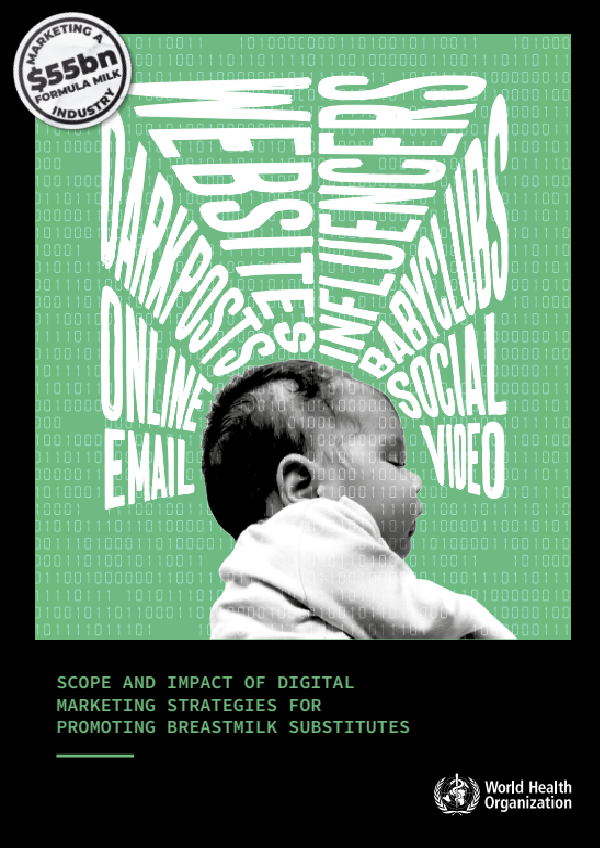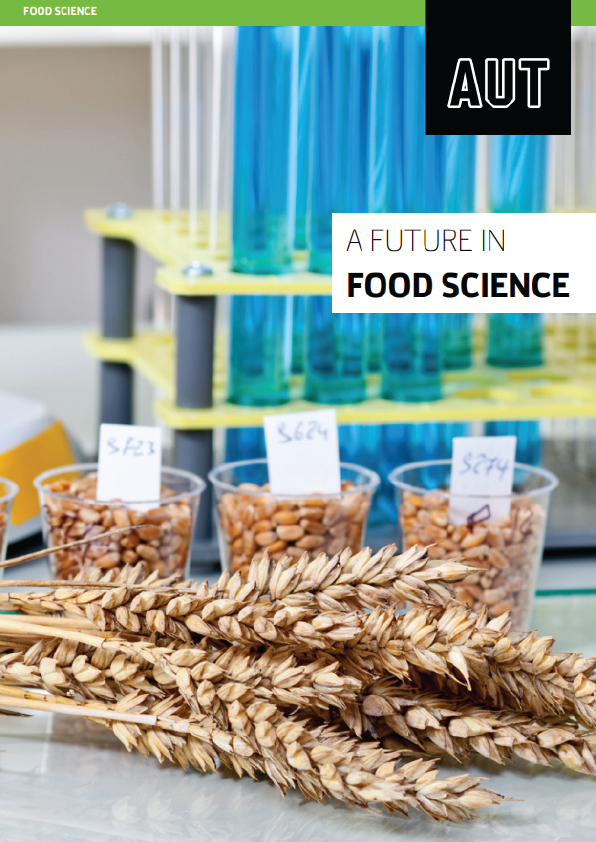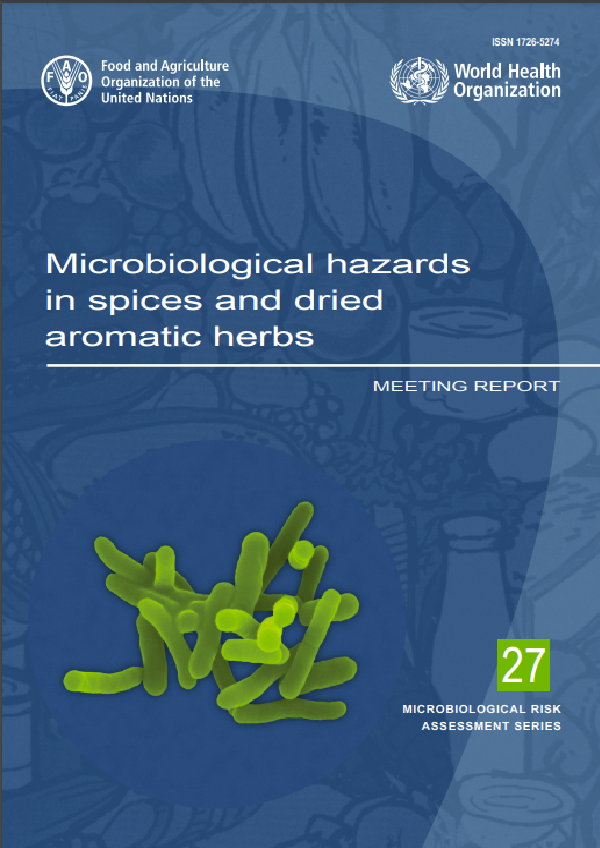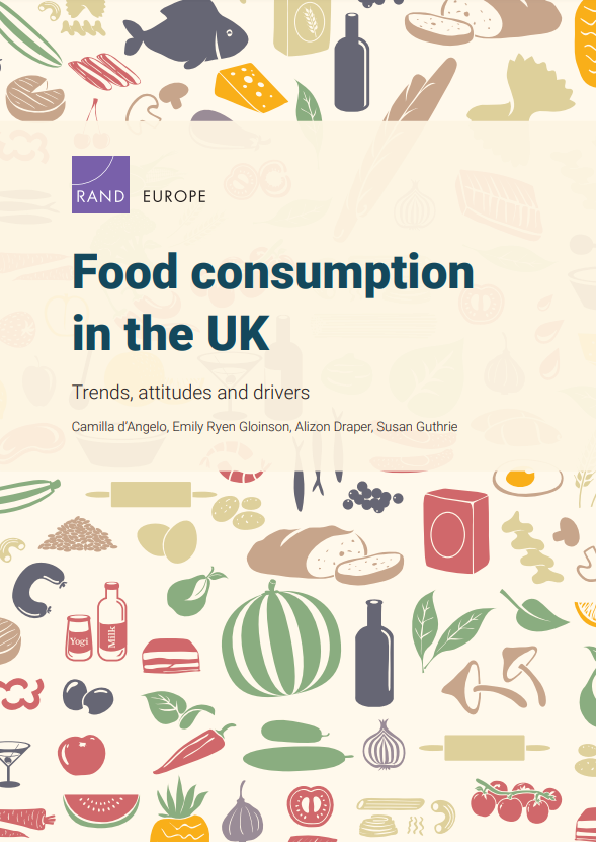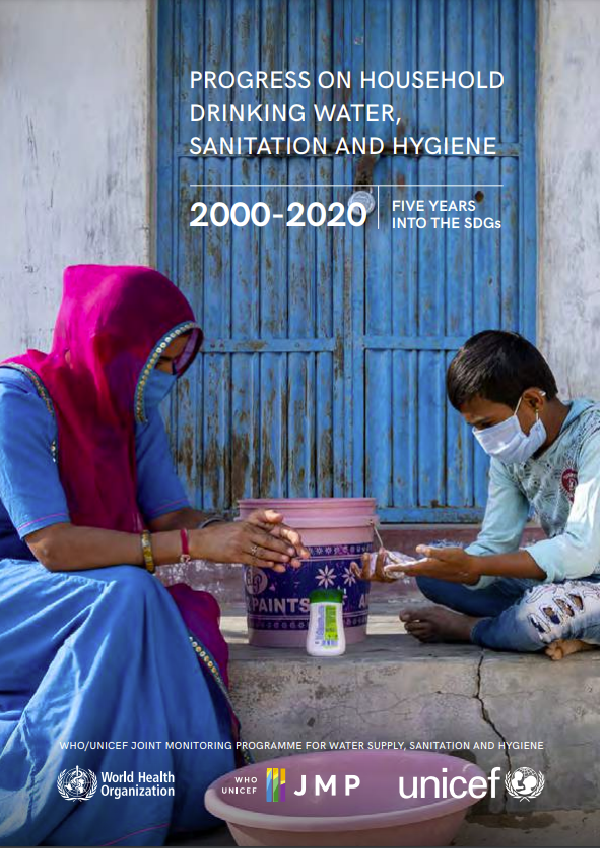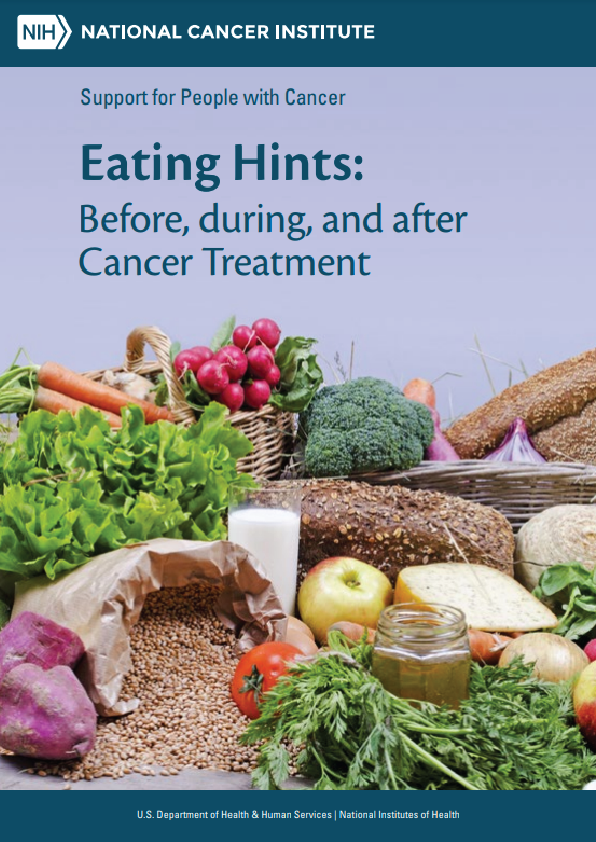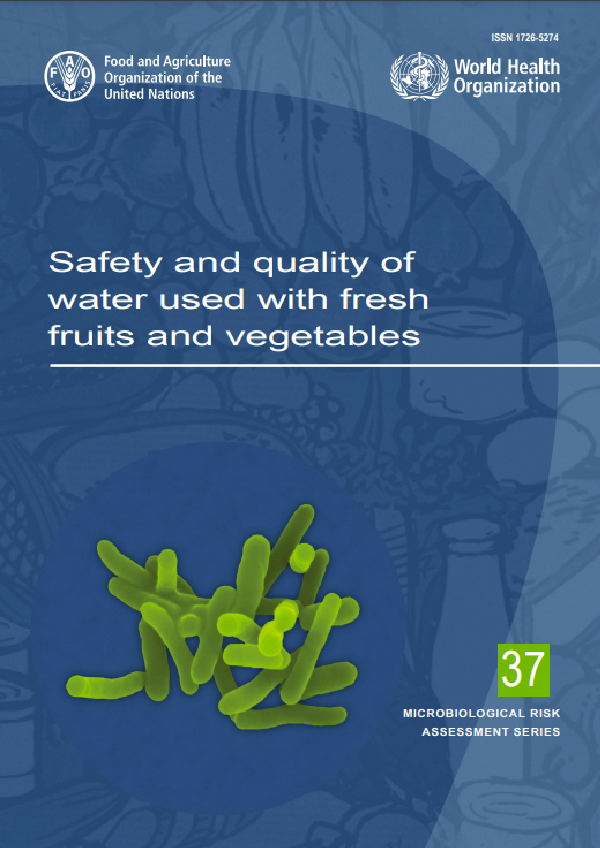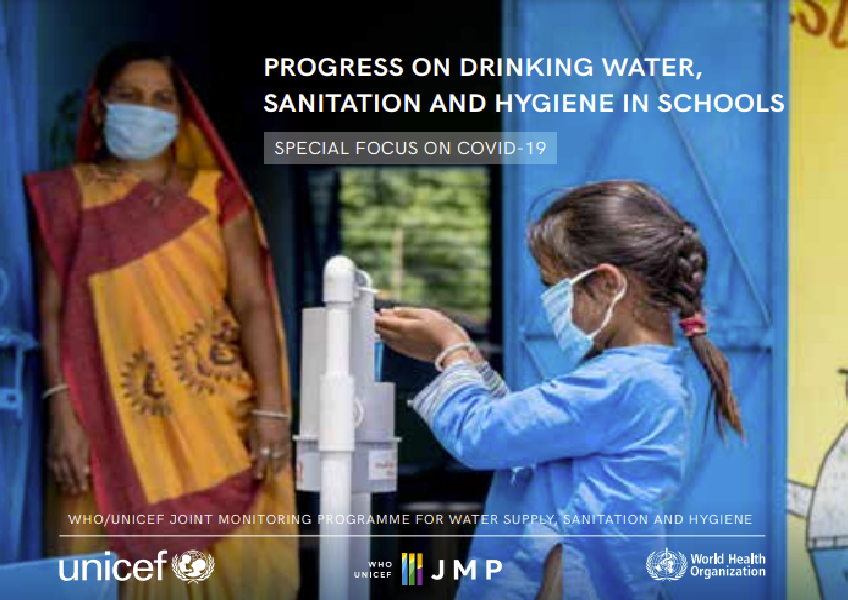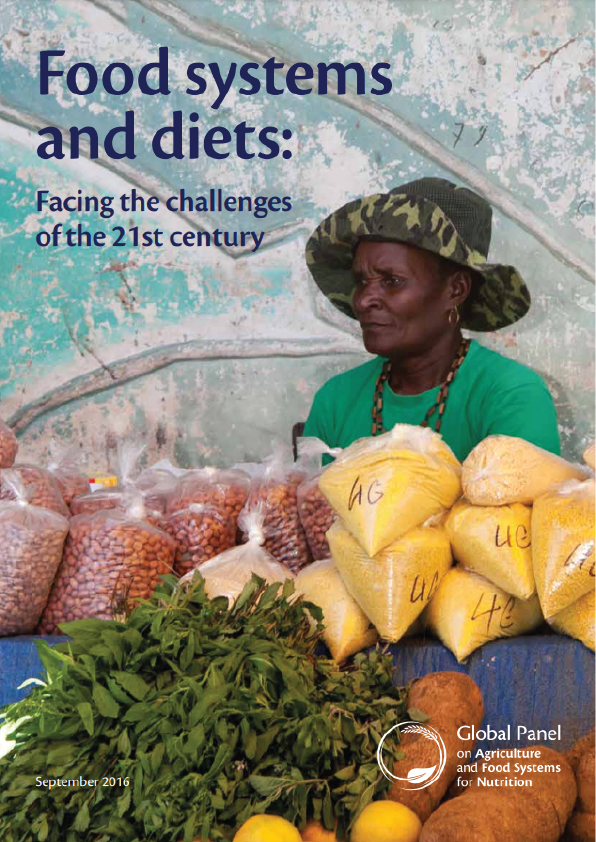Digital technologies are increasingly used for marketing of food products throughout the world. Growth in breast-milk substitutes (BMS) product sales has eclipsed growth in the global birth rate. The global formula market has been valued at more than US$ 52 billion. The use of digital platforms by breast-milk substitutes manufacturers and distributors to promote their products is accelerating.
Despite ample evidence that exclusive and continued breastfeeding are key determinants of lifelong health for children, women, and communities, far too few children are breastfed as recommended. Recognizing that inappropriate promotion of breast-milk substitutes negatively impacts on breastfeeding practices, the World Health Assembly adopted the International code of marketing of breast-milk substitutes (“the Code”) in 1981. Yet the inappropriate promotion of breast-milk substitutes continues unabated in much of the world and digital technologies have created powerful new marketing tools for the promotion of breast-milk substitutes.
This report was developed in response to a request from the Seventy-third World Health Assembly for a comprehensive report on the scope and impact of digital marketing strategies for the promotion of breast-milk substitutes.
Evidence of exposure to and impact of digital breast-milk substitutes marketing was collected from several sources. These include a systematic review of the literature, social listening research, a multi-country study of mothers’ and health professionals’ experience of breast-milk substitutes marketing, individual country reports of breast-milk substitutes promotions and an analysis of existing legal measures to implement the Code.
Exposure and impact
This evidence demonstrates that manufacturers and distributers of breast-milk substitutes commonly use digital marketing strategies across a wide range of online channels and social media platforms and that the use of digital marketing strategies dramatically increases the reach and impact of breast-milk substitutes promotions. Digital technologies offer advertisers new marketing tools that are powerfully persuasive, extremely cost effective and often not easily recognizable as breast-milk substitutes promotions.
New marketing techniques applied
The digital context offers new opportunities for marketers and makes it possible for advertisers to identify their target audiences with unprecedented precision. This report provides examples of multiple techniques used for the promotion of breast-milk substitutes, including:
- highly-targeted marketing through the application of algorithms driven by internet user data; – use of parenting apps;
- real-time contact with women;
- virtual support groups or “baby-clubs”; – use of social media influencers;
- user-generated promotions, such as competitions that encourage users to generate or share promotional content (images or messages);
- publication of information and education about topics of interest to new parents;
- private messaging and provision of professional advice; and
- disseminating content beyond national borders.
In addition, breast-milk substitutes companies continue to use line extension or cross-promotion techniques on digital platforms to circumvent rules prohibiting promotion of infant formula.
Digital marketing techniques enable breast-milk substitutes advertisers to identify pregnant women and mothers in online spaces, identify their deepest concerns by observing or engaging them in conversation, exploit their most vulnerable moments, disguise their marketing content as information or advice and enlist people women respect most to influence their infant feeding choices. Digital platforms feed breast-milk substitutes promotions directly to the screens of pregnant women and mothers, respond instantaneously to the concerns they express, use respected influencers to shape feeding decisions, generate word-of-mouth endorsements for breastmilk substitutes products and establish online support groups to build positive associations with breast-milk substitutes brands. These low-cost and effective methods are known to increase purchasing behaviour as measured by sales.
Regulation of digital marketing
The use of the digital marketing techniques described in this report presents novel challenges for regulating the promotion of breast-milk substitutes. Fewer than one in five countries (19%) explicitly prohibits the promotion of breast-milk substitutes on the internet, social media, or other digital platforms. Digital technologies enable advertisers to evade scrutiny from enforcement agencies by delivering breast-milk substitute promotions to personal accounts without ever publishing them on broadcast media. It may be difficult to hold breastmilk substitutes manufacturers and distributors to account for breastmilk substitutes promotions generated in virtual support groups by the general public and mothers, including social media influencers, who are not direct employees or contractors of those companies.
Strengthened legislation, new monitoring technologies, a renewed commitment to enforcement, and transnational frameworks are urgently required to protect breastfeeding and safeguard the health of mothers and babies.
